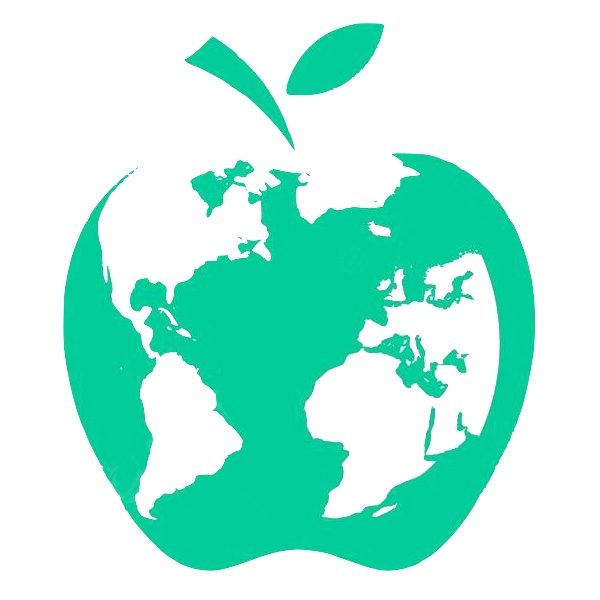Apple leads the smartphone space in the overall approach towards sustainability, according to Counterpoint Research’slatest “Smartphones and Circular Economy: Creating a Sustainable Future” report.
This report assesses how well a manufacturer is reducing its impact on the environment by reusing materials, recycling devices, and minimizing waste at each stage, from the design of the smartphone, processing chips, and packaging to power consumption. The report also encompasses corporate-level initiatives, progress on carbon neutrality, and SDG 13 (one of the 17 Sustainable Development Goals adopted by the United Nations).
The Smartphone Circular Economy Report Scorecard includes a robust metric system that evaluates the top five smartphone manufacturer globally. Each has its own vision and overall approach toward sustainability. Counterpoint says Apple’s vision seems to be clearer than its competition and its actions support the said vision.
The research group says that while sustainability vision is just the start, each of these manufactures has performed quite differently across the three major stages of the smartphone circular economy: Production, Usage, and End of Life.
Production
Production of a smartphone is responsible for about 80% of the total carbon footprint in its life cycle, and is the most vital of the three stages. Top brands like Apple, Samsung, and OPPO have started propagating environmental benefits through their initiatives in production. The details, however, are more complex than what is being advertised. While the initiatives are a big step in the right direction, revenue and profit remain the top object, according to Counterpont.
Usage
Most consumer durable brands inherently work towards motivating consumers to replace their devices with newer, more technologically enhanced versions. But due to sustainability efforts, manufacturers have to maintain a balance between enticing the consumer and saving the environment.
While Apple scores high on overall longevity, updates, and innovations toward sustainability, Samsung scores higher in repair, energy efficiency and after-sales networks. In the end, it depends on how long a consumer chooses to use a device.
End of Life
Counterpoint says manufacturers have a lot to do when it comes to reclaiming their smartphones once their useable life comes to an end. Getting pre-owned smartphones back into the system is necessary to handle them sustainably. They need to be repaired/refurbished for reuse or recycled responsibly to complete the circular loop. The main objective here is to reduce e-waste.
Counterpoint says the global refurbished market has grown by leaps and bounds in the last few years. In 2021, the market grew 15% year-over-year and shows promise to grow further in the coming years. The research group says that brands like OPPO, vivo and Xiaomi have a long way to go with reclaiming and refurbishing devices if we consider the volume of new smartphones shipped by them every year. Apple and Samsung lead here as well but most of the reclaiming and refurbishing is done by the other players in the secondary ecosystem, according to Counterpoint.
Article provided with permission from AppleWorld.Today

